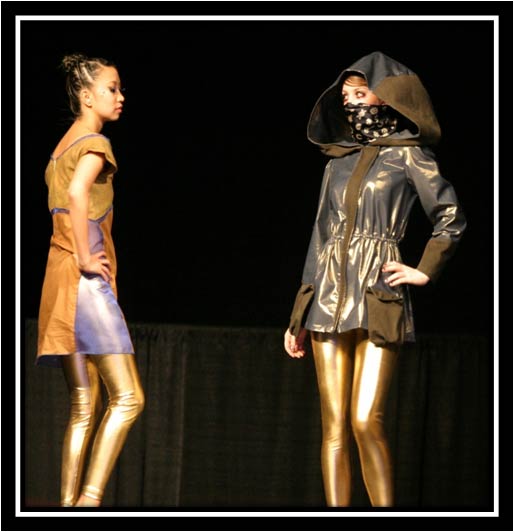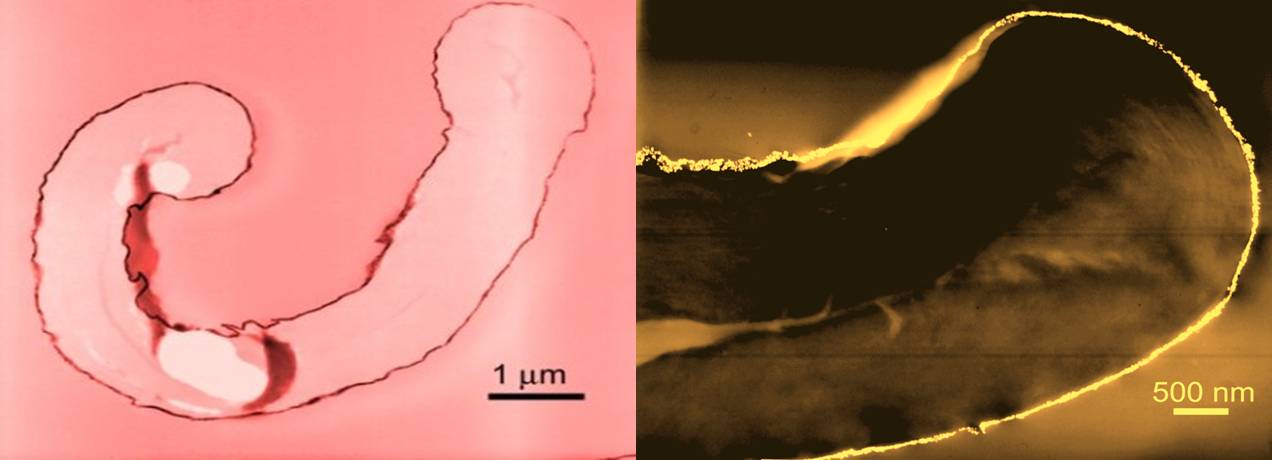Tech Fashion Statement: The New World of Wearable Computing

NEW YORK — Imagine if your shirt could track your heart rate as you run, or if it could charge your cellphone on the go. Innovative fashion designers and engineers, who are pushing the envelope with "smart textiles," dream of designing garments that are not just embedded with devices, but actually are the devices. Welcome to the world of wearable computing.
The development of smart textiles is a true fusion of fashion and technology. From manipulating nanoparticles in cotton, to incorporating knit antennas and transistors into garments, the computational fashion industry is reimagining how we use clothing in our everyday lives.
"Can garments become the actual device?" said Genevieve Dion, assistant professor and director of the Shima Seiki Haute Technology Laboratory at Drexel University in Philadelphia. "My dream is to have nothing hard on [clothing], and no batteries that need to be put into the garment, no small pods that need to go into the pocket. Is it possible? Maybe." [Gallery: Futuristic 'Smart Textiles' Merge Fashion with Tech]
Dion was one of four speakers at an event on computational fashion held May 1 here at the Eyebeam Art+Technology Center in Manhattan's Chelsea neighborhood.
Dion and her colleagues are developing a "belly band" to monitor fetal growth for women facing high-risk pregnancies. The band, knit with conductive yarn and outfitted with a fabric antenna, can transmit radio signals to a pregnant woman's physician, providing around-the-clock, real-time data on the health of the mother and unborn baby.
The band is much more comfortable than current fetal-monitoring devices and can be worn throughout a woman's pregnancy, Dion added.
At the Shima Seiki Haute Technology Lab, engineers and designers are also investigating new ways to digitally fabricate knit garments. The researchers use special software to design pieces of clothing, which are then manufactured by state-of-the-art computerized knitting machines. The process, Dion said, is essentially the fashion industry's take on 3D printing.
Get the world’s most fascinating discoveries delivered straight to your inbox.
Already, the digital models and the resulting prototypes are "remarkably close," she said.
At Cornell University in Ithaca, N.Y., scientists and fashion designers are working at the intersection of textiles and nanoscience, essentially creating new materials or reworking existing ones.
"We like to create materials that perform a function," said Juan Hinestroza, an associate professor of fiber science and the director of the Textiles Nanotechnology Lab at Cornell University.
To do this, Hinestroza and his colleagues work with fibers, such as cotton, on very small scales — controlling one atom at a time.
"I want to force cotton to do what cotton normally does not do," Hinestroza said.
At this molecular level, scientists can coat cotton fibers with nanoparticles — gold ones, for instance — and then manipulate the interactions between matter and light in the spaces between the particles. To demonstrate, Hinestroza displayed pictures of a brown and blue dress that had not been produced with any pigments or dyes. Instead, the colors on the dress were created by controlling characteristics of individual particles that had been added onto the fibers.
And that's just the beginning. Hinestroza's students are working on a variety of innovative projects, ranging from garments embedded with solar cells that can charge electronic devices to fabrics that can release insecticides to protect against malaria outbreaks in mosquito-infested countries.
And as technologies improve, the sky is seemingly the limit.
"It's the wave of the moment, so we'll see how we can all take it and make what we can of it all," Dion said.
Follow Denise Chow on Twitter @denisechow. Follow LiveScience @livescience, Facebook & Google+. Original article on LiveScience.com.

Denise Chow was the assistant managing editor at Live Science before moving to NBC News as a science reporter, where she focuses on general science and climate change. Before joining the Live Science team in 2013, she spent two years as a staff writer for Space.com, writing about rocket launches and covering NASA's final three space shuttle missions. A Canadian transplant, Denise has a bachelor's degree from the University of Toronto, and a master's degree in journalism from New York University.
 Live Science Plus
Live Science Plus






